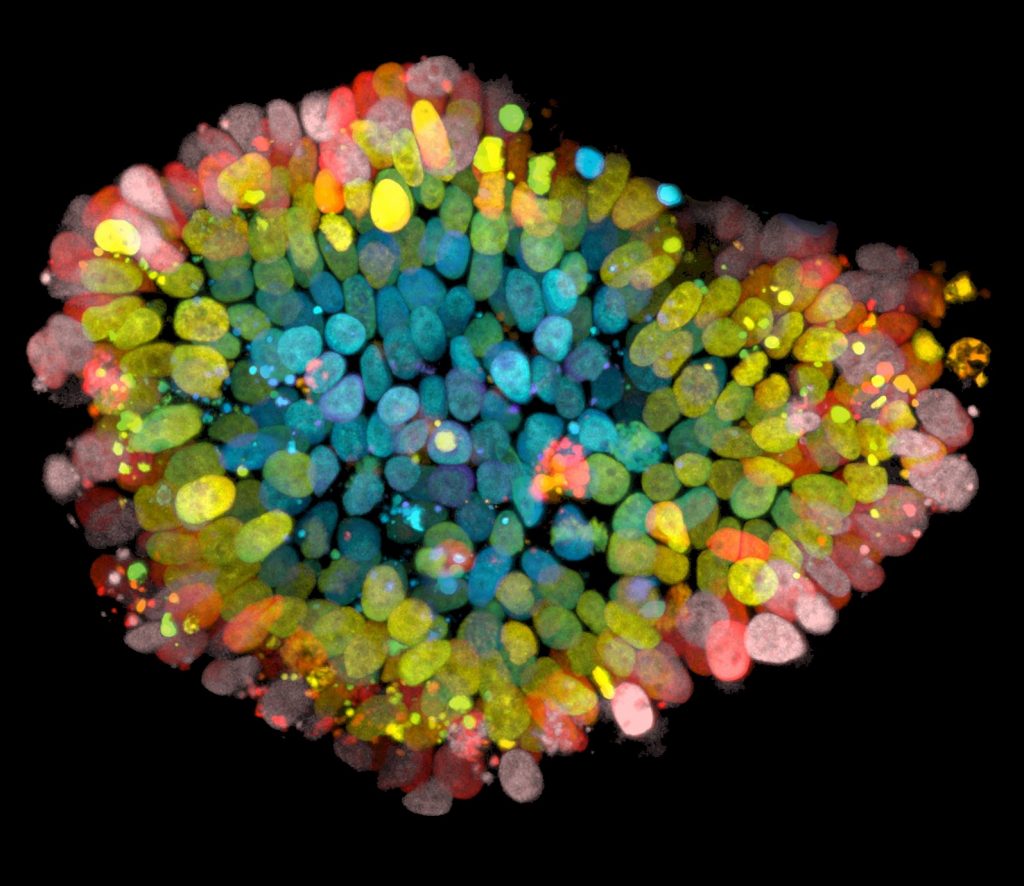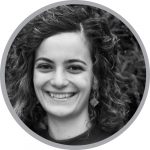Panel discussion: 3D cell cultures, from development to drug discovery

BioTechniques is delighted to collate this panel of experts to discuss 3D cell cultures and their applications in drug discovery. In this panel discussion, experts will discuss how they use 3D cell cultures, the challenges that they experience and their tips for best practice and key techniques to employ when utilizing these cultures, alongside the ethical implications of these technologies.
The expert panel will feature David L. Spector (Cold Spring Harbor, NY, USA), Rob Vries (Hubrecht Organoid Technology, Utrecht, The Netherlands), Marta Shahbazi (MRC Laboratory of Molecular Biology, Cambridge, UK) and Kalpana Barnes (Sartorius, London, UK).
The panelists will discuss:
- Techniques for producing 3D cell cultures
- Challenges in the production of 3D cell cultures
- The application of 3D cell cultures in drug development
- What is next for 3D cell cultures
- Ethical considerations in the use of 3D cell cultures
Panelists:
 Kalpana Barnes
Kalpana Barnes
Manager, Cell Imaging Applications
Sartorius
Kalpana is a Manager within the Cell Imaging Applications unit of BioAnalytics at Sartorius. She is a highly experienced industrial pharmacologist with over 25 years of experience gained from pharmaceutical, contract research and biotechnology laboratories. Trained initially as an in vitro pharmacologist, Kalpana specialized in designing and developing plate-based cellular assays to support automated high-throughput screening, compound profiling and mechanism of action follow-up studies. Within Sartorius, she’s applied her extensive experience to the development and validation of cellular assays for quantitative live-cell analysis and currently leads an R&D team focused on the development of advanced cellular models for oncology.
 Marta Shahbazi
Marta Shahbazi
Group Leader
MRC Laboratory of Molecular Biology (LMB)
Marta Shahbazi is a junior group leader at the MRC Laboratory of Molecular Biology (LMB). Marta did her PhD at the Spanish National Cancer Research Centre (Madrid, Spain) under the supervision of Mirna Perez-Moreno, working on the basic mechanisms that preserve the shape of epidermal stem cells. For her post-doctoral training, she joined the laboratory of Magdalena Zernicka-Goetz at the University of Cambridge (UK). She established a system to culture human embryos beyond implantation in vitro, and using this system described the mechanisms that control the morphogenesis of the pluripotent embryonic tissue. Her lab is interested in understanding the molecular mechanisms that coordinate shape and identity. In particular, her group focuses on epithelial tissue determinants and their contribution to stem cell fate during development and regeneration.
 Robert Vries
Robert Vries
CEO
Hubrecht Organoid Technology (HUB)
Robert received his PhD in Biochemistry from the Leiden University Center (The Netherlands) on a molecular study of oncogenic transformation. He continued his scientific career as Postdoc at Stanford University (CA, USA). Upon his return to The Netherlands, he joined the group of Hans Clevers (Hubrecht Institute, Utrecht, The Netherlands) studying adult stem cells. In the group of Hans Clevers, he was part of the team that developed the ground-breaking technology that allowed the expansion of adult stem cells in vitro. The so-called organoid technology became the basis of the company Hubrecht Organoid Technology (Utrecht, The Netherlands) of which he is currently the CEO.
 David L. Spector
David L. Spector
Professor and Director of Research
Cold Spring Harbor Laboratory
David Spector is a Professor and Director of Research at Cold Spring Harbor Laboratory where he heads up the Spector lab. Research at the Spector lab is focused on nuclear organization and gene expression. The major goals of Professor Spector’s research program are to (1) understand the regulation of gene expression and its impact on cancer/differentiation, and (2) to identify and characterize long nuclear retained non-coding RNAs that are misregulated in breast cancer and/or during differentiation and that may represent excellent therapeutic targets. The lab’s studies use mouse models and 3D patient-derived organoid cultures to identify and characterize these nucleic acid targets and antisense nucleic acid drugs to manipulate their abundance to impact disease progression.
This webinar was recorded on 19th June 2020